A two-day International Workshop on Environmental Flows Assessment and Implementation for India was held in New Delhi. Indian, European and international experiences were brought together by National Mission of Clean Ganga (NMCG), along with Indo-German Cooperation.
It is increasingly recognized that the goal of attaining healthy river ecosystems can best and most sustainably be reached by integrated environmental management. The workshop includes discussions on Environmental Flows assessment and Implementation for sustainable river basin management, and various aspects of E-Flows in depth. Relevant Indian implementers and stakeholders along with national experts and International experts including those from Germany, Austria, United Kingdom, Bhutan, Poland, The Netherlands and South Africa are present during the workshop.
In order to advance the successful e-flows implementation in India, this workshop aims to bring Indian, European and international experiences together. A rich variety of cutting- edge topics and expert speakers from various backgrounds serve to promote challenges and solutions regarding e-flows assessment and implementation.
International workshop on Environmental Flows Assessment and Implementation for India was inaugurated by Gajendra Singh Shekhawat, Union Minister for Jal Shakti at Delhi. The exchange of Indian, European and international experiences was brought together by National Mission of Clean Ganga (NMCG) along with the Indo-German Cooperation with its project “Support to Ganga Rejuvenation” (SGR). Shekhawat also formally released the first version of the Guidance Document on Environment flow assessment in India. The deliberations in this workshop and further research work would help in coming up with advanced version of this e-flow guidance document in future.
It is already accepted around the globe, that the demand for water is increasing due to population growth, rapid urbanization and industrialization and that rivers are a critical natural resource, crucial for human well-being. The Ganga River, for example, supports a population of more than 400 million people by providing a multitude of domestic, agricultural, industrial, and power generation uses, and it also serves for recreational, livelihood and spiritual purposes.
The Ganga provides a unique ecosystem, which is home to India’s National Aquatic animal the Gangetic Dolphin, as well as Gharials, turtles and several birds and other wild animals. Other rivers like Godavari, Krishna, Mahanadi etc. are also crucial ecosystems and sources for ecosystem services for us and we need to protect these towards sustainability and equitable water use.
Given the current scenario, Gajendra Singh Shekhawat said that, “We are committed to protect these lifelines for our future generations. We have the identified aim of Aviral and Nirmal Dhara- continuous and clean flows as our tribute to Mother Ganga and we intend to extend this to all other rivers in the country.” He added further that, “Maintaining Environmental-Flows in rivers is very important not only for the country but worldwide since water has become a global challenge. We have to come together and act together to tackle this global challenge.”
“Under the Namami Gange programme, we have been quite serious about maintaining the continuous flow of Ganga. Last year, we recognized the minimum river flow to be maintained and also notified. We have started monitoring for its implementation as well.
We have made a beginning, but there’s a lot to learn from experiences of other countries where this has developed over a period of time” added Rajiv Ranjan Mishra, DG, NMCG. The international workshop aims to assist in the e-flows implementation in India by answering the following questions:
- What are the overall aims and targets for e-flows assessment in India?
- What are the short- and long-term steps to implement e-flows according to the overall aims and targets.
“We will learn from their vast experience and will also learn from the national experts present regarding the different scenarios within India,” emphasized Mishra, DG, NMCG.
In India, the European Union through the India-EU Water Partnership (IEWP) as well as the Indo-German Cooperation with its project “Support to Ganga Rejuvenation” (SGR) in order to promote cooperation in the water sector, has brought together stakeholders, such as governmental institutions, businesses and the civil society. Currently, a guidance document on the “Assessment of Environmental Flows in India” is being developed as part of the IEWP Action Plan and the draft version was launched during the workshop by the Minister, Jal Shakti.


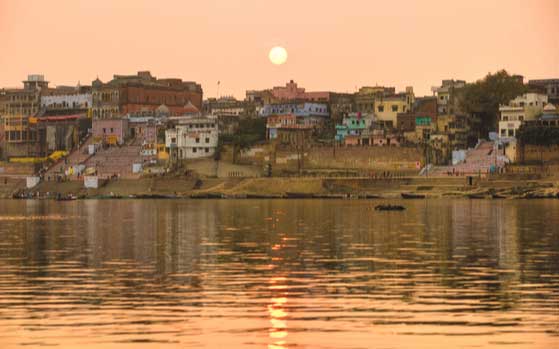
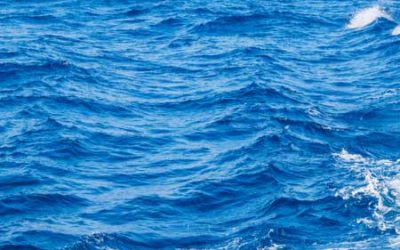



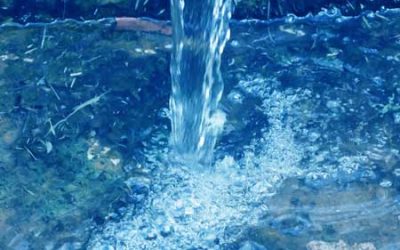

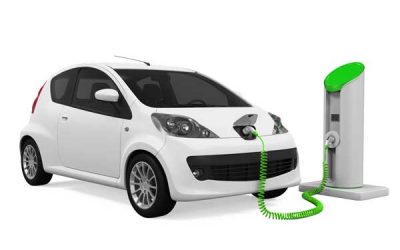

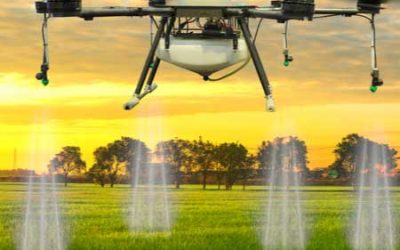


0 Comments